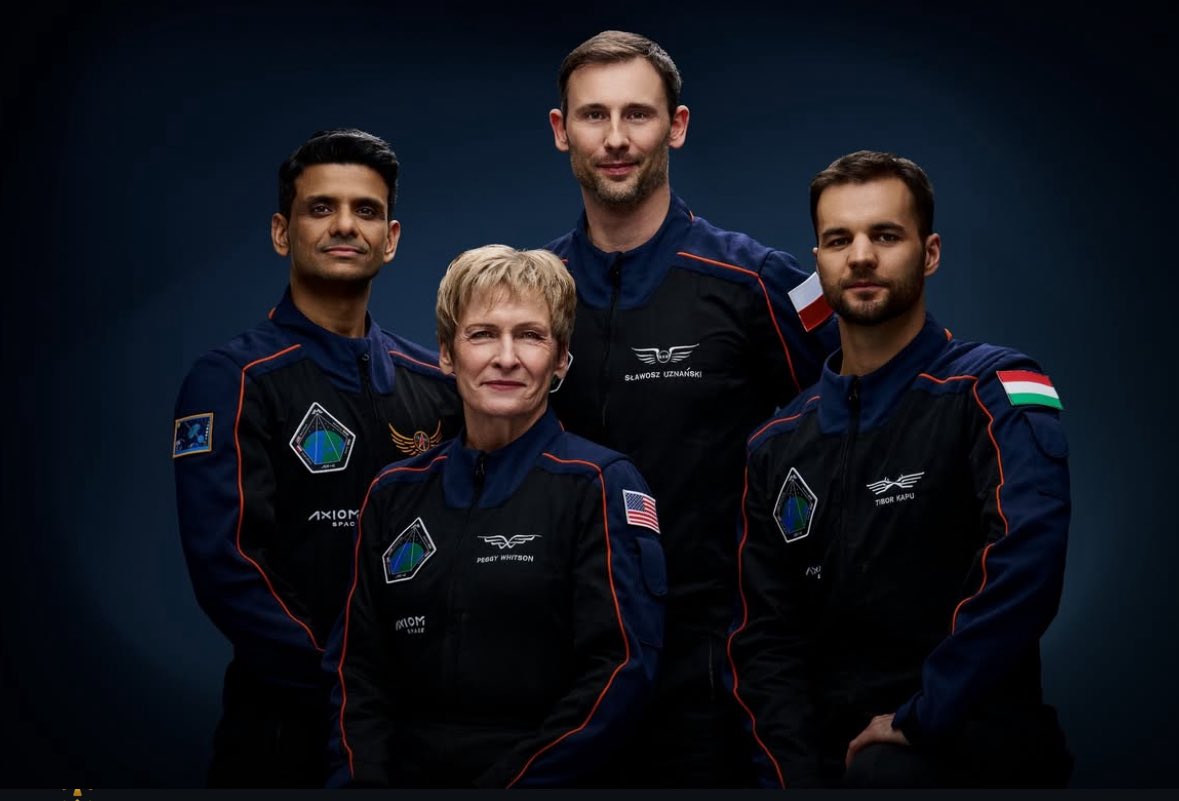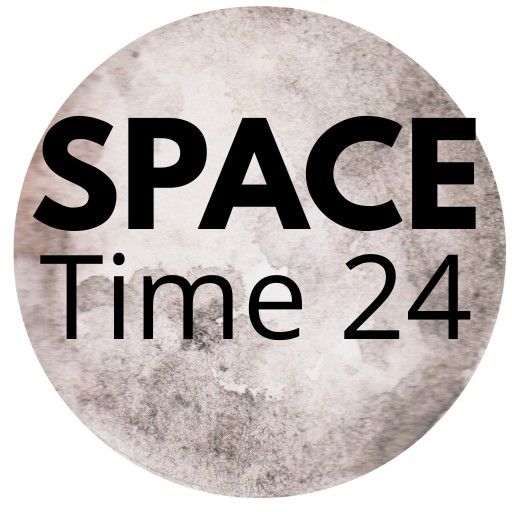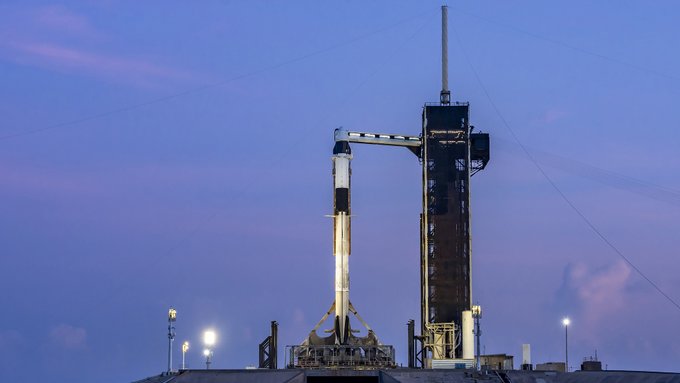
The Axiom-4 mission, carrying Indian astronaut Shubhanshu Shukla, is now rescheduled for June 19, 2025, following successful resolution of technical issues. Learn more about the mission details and its significance.
Axiom-4 Mission to ISS Rescheduled for June 19 After Resolution of Launch Delays
In a major update for the global space community, the Axiom-4 mission—set to carry Indian astronaut Shubhanshu Shukla to the International Space Station (ISS)—has officially been rescheduled for June 19, 2025. This announcement comes after a delay triggered by technical complications that forced mission planners to pause the original launch timeline.
The mission, developed through a collaboration between Axiom Space, NASA, and SpaceX, marks a significant milestone for India as it includes one of the nation’s astronauts participating in a commercial crewed mission to the ISS. Shubhanshu Shukla, a test pilot with the Indian Air Force, is part of a four-member international crew assigned to spend several days aboard the orbital laboratory.
Reason for Delay
Originally slated for launch earlier this month, the mission had to be postponed due to two main issues: a liquid oxygen leak discovered in the Falcon 9 rocket, and a minor but concerning pressure leak detected aboard the space station itself. These issues raised safety flags that prompted NASA and SpaceX to delay the mission for further technical assessments and resolution.
Following an intensive troubleshooting and validation process by engineers from SpaceX and NASA, both problems were reportedly resolved. The Falcon 9 rocket has since passed all necessary safety checks, and the ISS systems are now deemed ready to receive the incoming crew.
New Launch Date and Readiness
According to official statements from both Axiom Space and SpaceX, the mission is now confirmed for launch on June 19, 2025. The launch will take place from Launch Complex 39A at NASA’s Kennedy Space Center in Florida.
Shubhanshu Shukla and his fellow crew members have resumed their final preparations, including pre-flight health checks, mission simulations, and technical briefings. They are expected to undergo the final phase of crew quarantine starting in the coming days to ensure health and safety standards are maintained prior to launch.
Significance for India
This mission holds particular importance for India as it represents one of the few times an Indian citizen will travel to space since Rakesh Sharma’s historic mission in 1984. While not part of India’s national space program, the involvement of an Indian astronaut in a NASA-backed, privately organized mission demonstrates India’s expanding footprint in the global space sector.
In addition, the mission underscores the growing trend of commercial spaceflight and the increasing participation of private companies in human space exploration.
What’s Next?
The Axiom-4 mission will involve a stay of approximately 10 to 14 days on the International Space Station, during which the crew will conduct scientific experiments, educational outreach, and research activities aligned with microgravity-based innovations.
If further updates emerge, especially concerning weather or technical constraints, Axiom Space and NASA have confirmed they will issue timely notifications.
For now, all eyes remain on June 19 as the launch date of this historic mission, which continues to capture attention not just in India, but across the global space community.
News Source:-
https://x.com/DrJitendraSingh/status/1933777868107940026?t=EEaEJ1QUjdcczRyNmBWvHw&s=19
People Also Want to Know more-
1. What is the Axiom-4 mission?
The Axiom-4 mission is a privately funded spaceflight organized by Axiom Space in collaboration with NASA and SpaceX. It will carry four astronauts, including Indian Air Force pilot Shubhanshu Shukla, to the International Space Station (ISS) for a short-duration mission focused on scientific research and commercial outreach.
2. When is the Axiom-4 mission scheduled to launch?
The Axiom-4 mission is now scheduled for launch on June 19, 2025. This new date comes after the resolution of earlier technical issues related to the launch vehicle and the ISS.
3. Why was the mission delayed earlier?
The mission was postponed due to two key technical problems:
- A liquid oxygen leak in the SpaceX Falcon 9 rocket.
- A pressure leak aboard the ISS, which required safety checks and system repairs.
Both issues have since been resolved by NASA and SpaceX teams.
4. Who is Shubhanshu Shukla?
Shubhanshu Shukla is an Indian Air Force test pilot and selected crew member of Axiom-4. He will be the first Indian astronaut in decades to travel to space, and the first to do so on a commercially operated international mission. His participation marks a major milestone for India’s presence in global space exploration.
5. How long will the Axiom-4 crew stay on the ISS?
The Axiom-4 mission is expected to last 10 to 14 days aboard the ISS. During this time, the astronauts will participate in research experiments, technology demonstrations, and educational activities.
6. Where will the mission launch from?
The mission will launch from Launch Complex 39A at NASA’s Kennedy Space Center in Florida, USA. This historic site has been the launchpad for many space missions, including those from the Apollo and Space Shuttle programs.
7. What kind of work will be done during the mission?
Axiom-4 crew members will conduct experiments in microgravity across multiple disciplines, such as life sciences, material science, and Earth observation. They will also participate in commercial and educational activities aimed at increasing global interest in space research and technology.
8. How is this mission significant for India?
This mission is especially important for India as it marks the country’s return to human space travel after several decades. Although Shubhanshu Shukla’s participation is not part of ISRO’s Gaganyaan program, it represents India’s growing contribution to international space missions and commercial spaceflight collaborations.
9. Who are the other members of the Axiom-4 crew?
Alongside Shubhanshu Shukla, the Axiom-4 mission includes three other astronauts from various countries. Their identities and roles may vary based on training assignments and final crew validation by Axiom Space and NASA. Full crew details are typically confirmed a few weeks before the launch.
10. Where can I follow live updates of the launch?
Live updates, launch coverage, and mission tracking will be provided through:
- Axiom Space’s official website
- NASA TV and NASA’s website
- SpaceX’s official social media and YouTube channels
News outlets covering global space activity will also carry major announcements before and during the launch window.
You may also like this:-
https://spacetime24.com/astronaut-shukla-ax4-crew-gratitude-space-mission/

